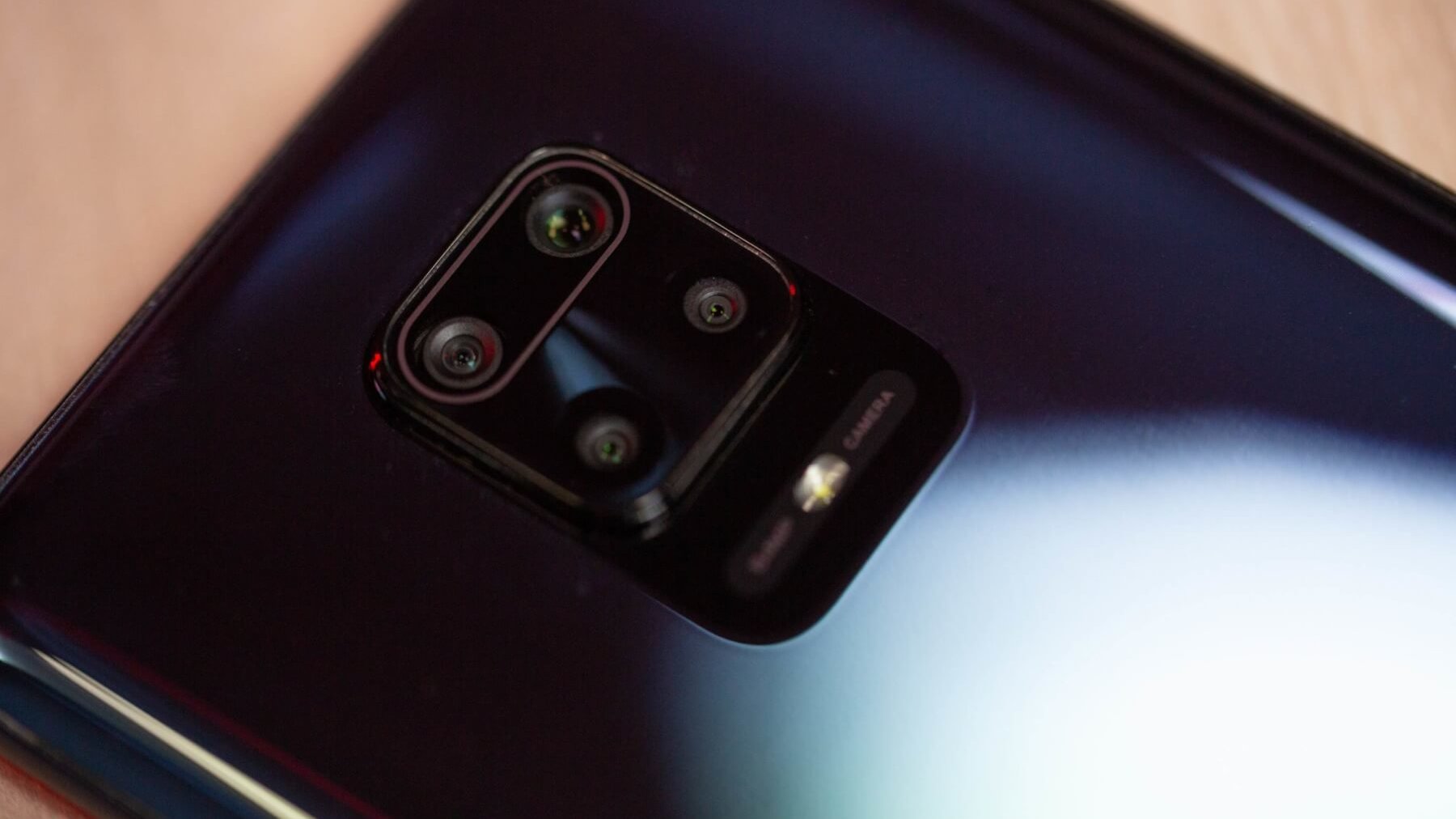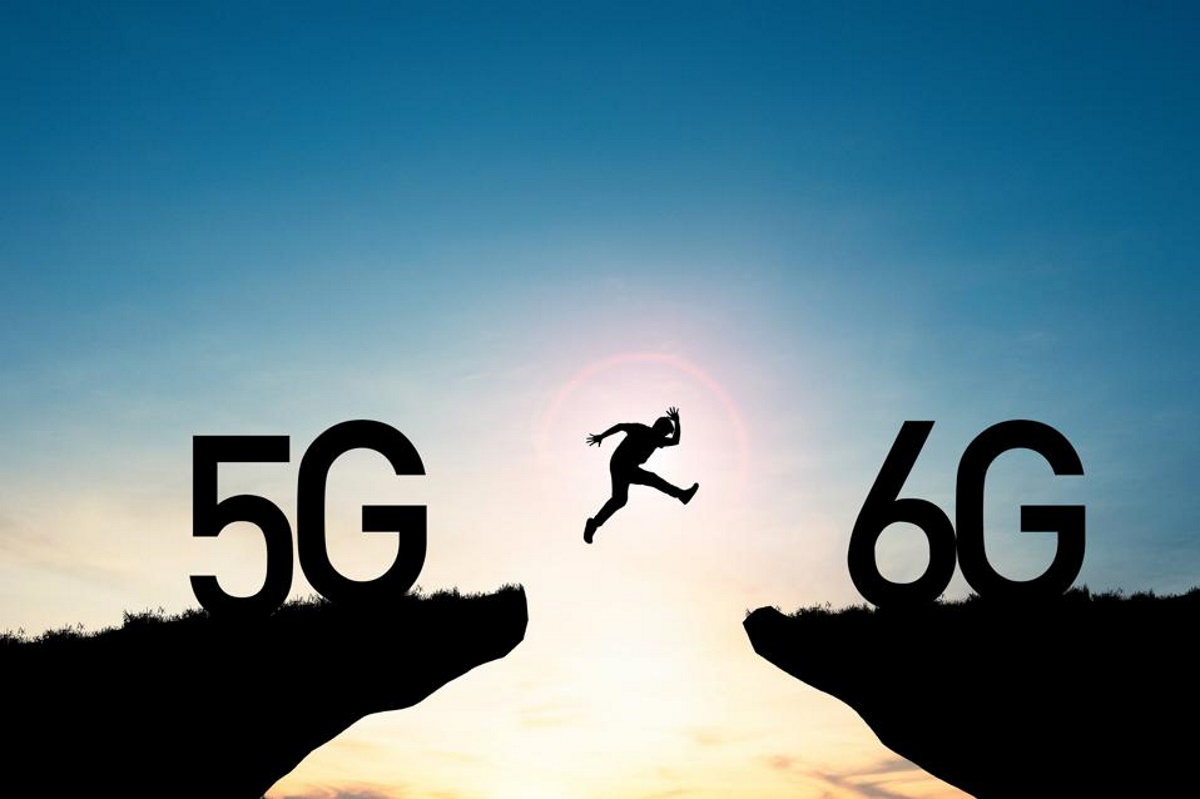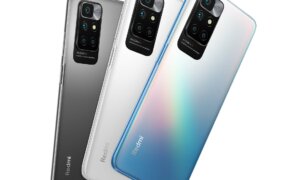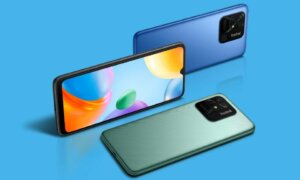Choosing the right phone is hard as it is but choosing the right one from a series of three, all from the same brand, all budget-friendly? It’s hell. But it can be done – if you’re up to the challenge, I can walk you through my selection process when it came to the Redmi Note 9 series launched in 2020: the vanilla Note 9, its big bro the Note 9 Pro Max and the next-gen Note 9 Pro 5G.
Redmi Note 9, Note 9 Pro Max and Note 9 Pro 5G : Design and Size
First of all, size.
If the Redmi Note 9 is obviously smaller than the other two, though not by much (6.5-inch screen vs 6.6-inch), the Pro Max and Pro 5G are relatively indistinguishable. And the “relatively” becomes “certainly” when you actually see the numbers – there’s no size difference between the two.
If more screen real estate is always better in your book, then go for one of the Pro phones. And even for finishes – from the three, I personally liked most the Interstellar Black variant of the Pro Max. Gradients are not my cup o’ tea and the glossy, mirror-like finish grabbed my attention instantly.
What it also grabbed were my fingerprints, which on this surface look more visible than on the gradient models.
Looks are not everything, that much is true, but I’d be lying if I said they don’t matter… when it comes to phones. All rear camera modules are raised, not flush with the rest of the body of the phones, but from the three, Redmi Note 9 keeps a more thin profile. That counts as a plus, as well as the selfie camera placement.

In games (landscape orientation), it’s easier to ignore the selfie camera cutout on the left bottom corner than the one at the middle of the left side of the screen.
And, before I move on, let me warn you about the annoying placement of the volume button on the Pro version. It’s still on the right side of the phone, but placed so far up, I could barely reach it with one hand. Granted, the Note 9 doesn’t fare much better, but if you have to choose and that could potentially ruin your fun, go for the vanilla version.
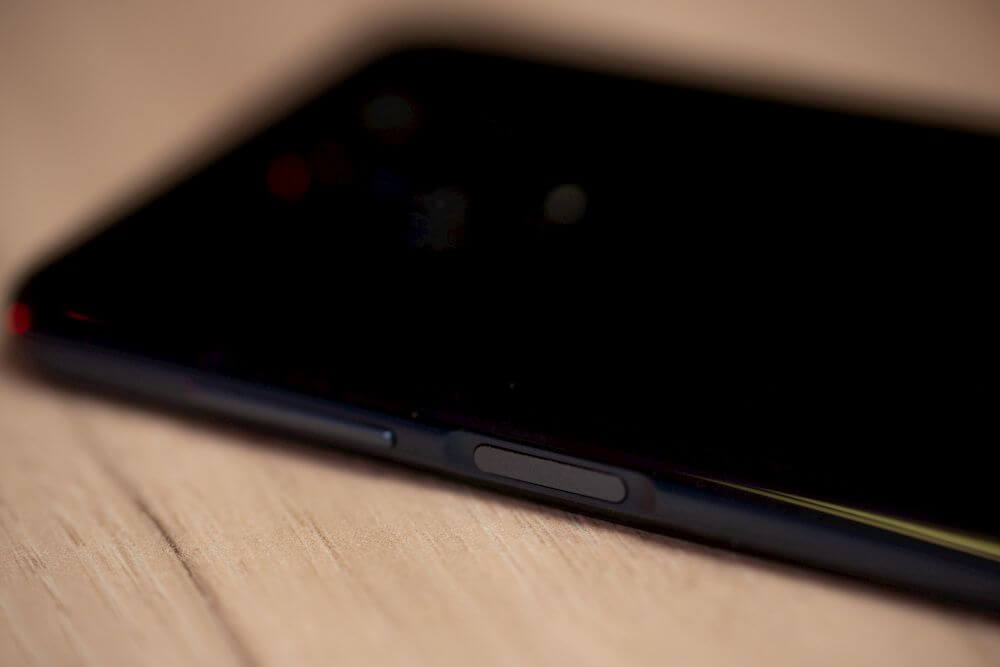
Gaming and audio
Speaking of volume and audio, another piece of advice: go for the Note 9 Pro 5G if you want a stereo experience. From the three, that’s the only model with stereo speakers. Otherwise, with only one bottom right speaker, you’ll risk muffled audio in games, movies and music (when watching a music video.)
I haven’t played much on these phones, but a word of caution: in a simple racing game like Asphalt 9, Redmi Note 9 surprised me with quite a bit of stuttering as opposed to the Pro Max which ran smoothly.
Redmi Note 9, Note 9 Pro Max: Camera Skills
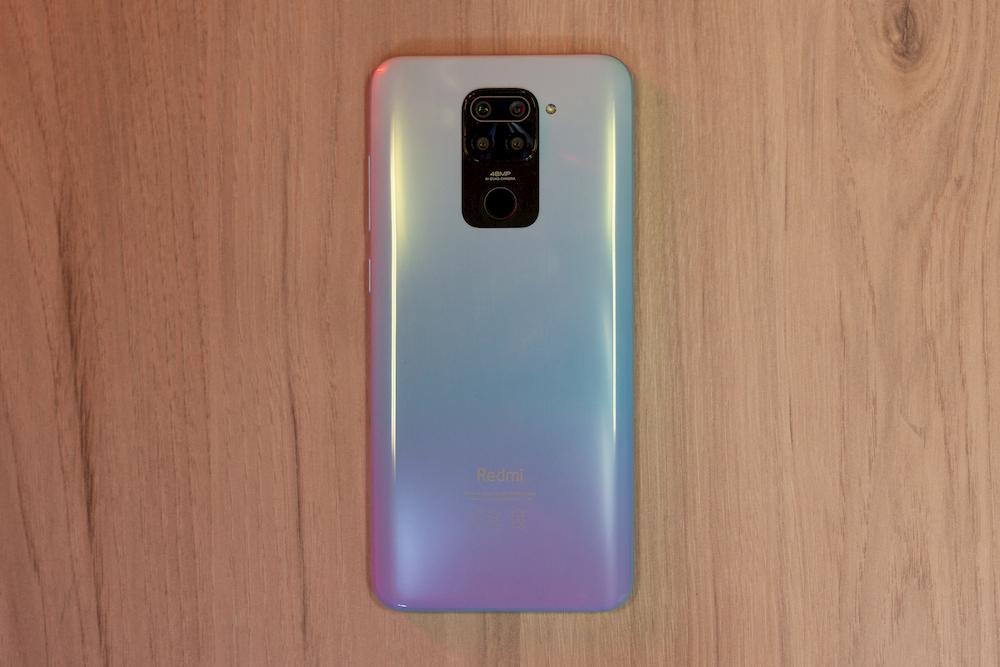
Redmi Note 9 is definitely a decent phone from Redmi and with a 48MP quad camera, it works for stills in night mode and offers plenty of fun when it comes to selfies. The distortion correction applied to selfies with more than one person in the frame is welcomed and visible. And the slow motion and kaleidoscope gimmicks for short video (15 seconds video, likely for Stories on social media) are cool features.
But that sums up the positive side of this phone’s camera. Unfortunately, I found it pretty lacking in the video department. In low light, I got noisy videos and in Portrait mode, I couldn’t help but see the bokeh applied in excess.


Especially since it was easy to compare it to the Note 9 Pro Max. Just by comparing it with its Pro brother, I noticed a huge improvement in the camera’s behaviour in low light.
Simply put, photos in low light had more detail in the shadows, looked sharper, and the 64MP quad camera let more light come in with less distortion on the edges. With Night mode on, I got even better stills. Video in low light also didn’t disappoint.
The depth map in Portrait mode worked better, especially in the hair area. Palm shutter, a feature present on Note 9 too, worked every. single. time. here. Meaning, I could enable the camera timer simply by showing my palm to the camera. On Redmi Note 9, the success rate of this feature was 50-50.
On the video side, I’ve also noticed you can go up to 960fps in slow motion with the Note 9 Pro Max. Unlike the Note 9, that lets you opt for a maximum of 120fps. Editing-wise, you’ll be able to trim, add effects and tune audio instantly on the Pro Max, while the vanilla Note 9 could have trouble opening the video to begin with.
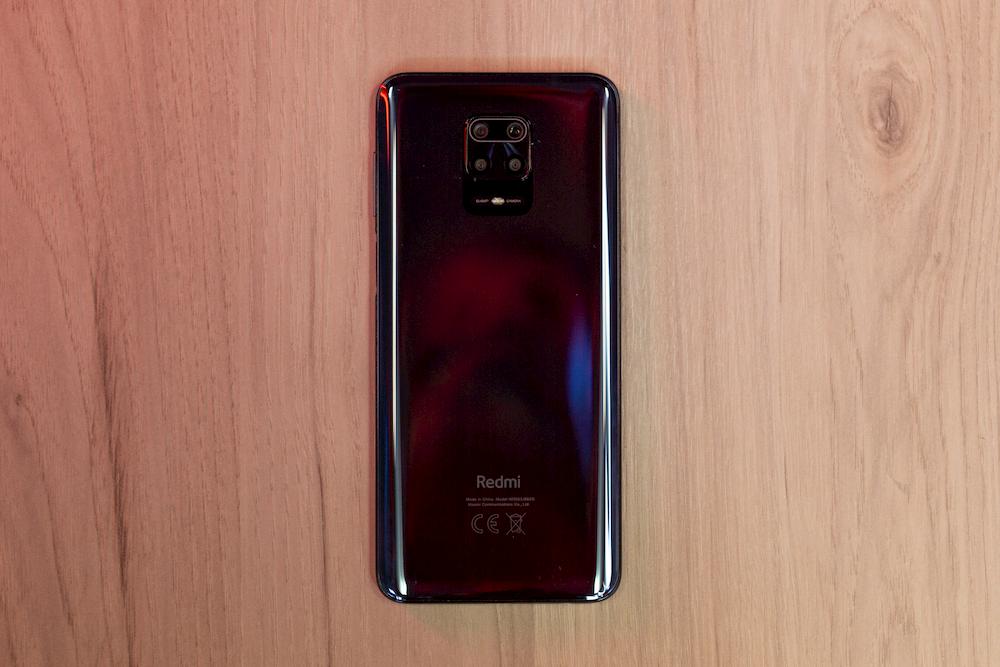
At $260, Redmi Note 9 Pro Max brings all of the features we went through above, plus the Snapdragon 720G, while the Note 9 ($160) sticks with a MediaTek chip.
Redmi Note 9 Pro 5G: Highlights and Price
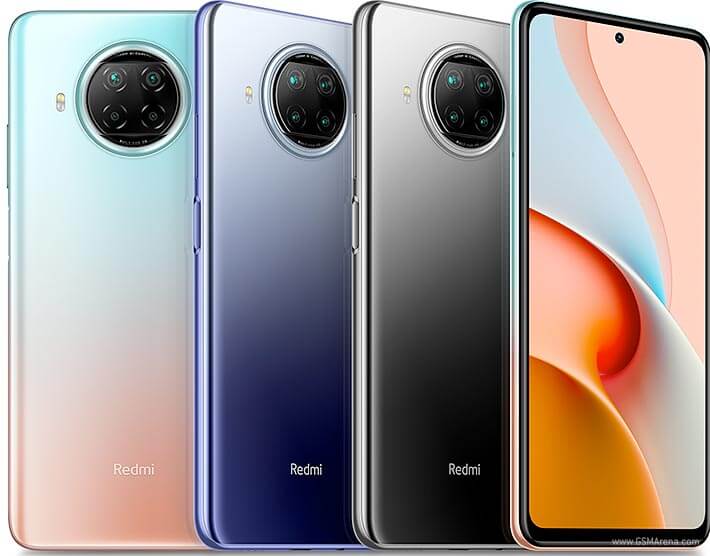
It doesn’t however, compare to the Note 9 Pro 5G ($320). On this phone, launched just this December, Redmi put a 108MP camera sensor, the Snapdragon 750G processor, that comes with 5G speed, and incremental upgrades.
By that, I mean 8GB of RAM with 256GB of storage instead of 8GB with 128GB of storage (the most allowed on a Note 9 Pro Max) and stereo speakers. However, the battery cell is smaller on the 5G model than the one on the Pro Max.
How to choose your Redmi Note 2020 Phone
Bottom line?
Choose the Redmi Note 9 for the selfie camera positioning, thinner rear camera module, selfie distortion correction, and camera gimmicks for fun social media content.
Grab the Redmi Note 9 Pro Max because of the better Portrait shots, very good video and stills performance in low light, Night Mode, 960fps slow motion under a 300-dollar price.
Choose the Redmi Note 9 Pro 5G for 5G connectivity, better processor, stereo speakers and more storage space.
Follow TechTheLead on Google News to get the news first.

